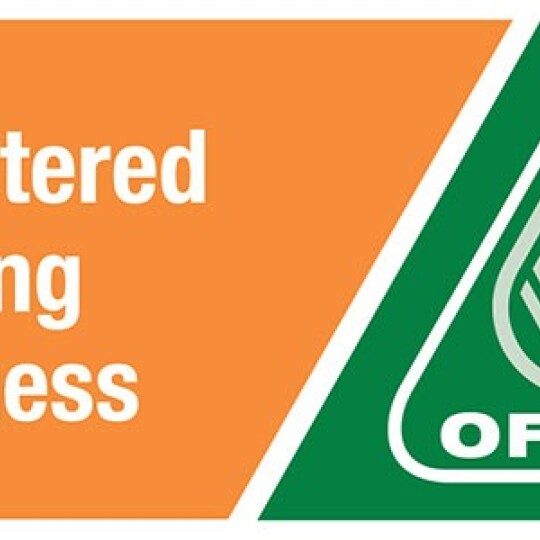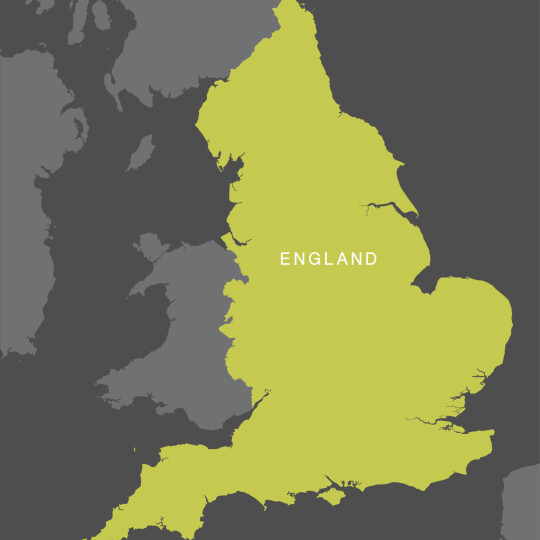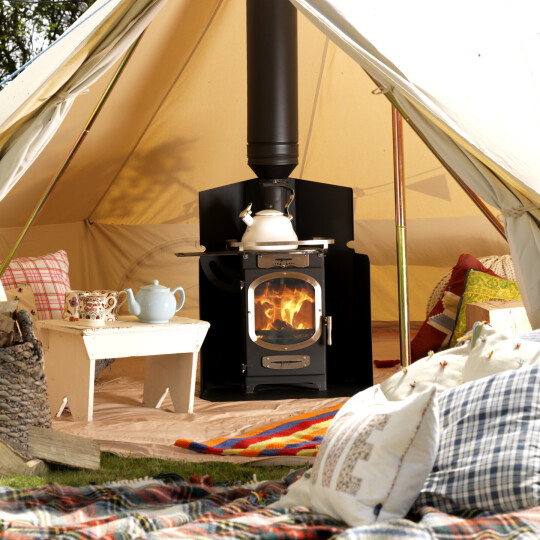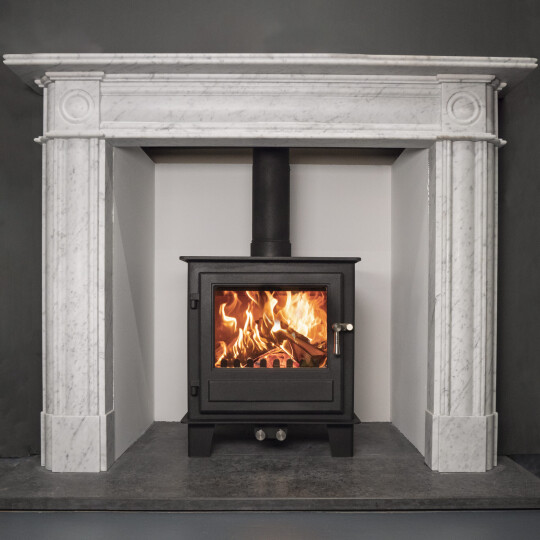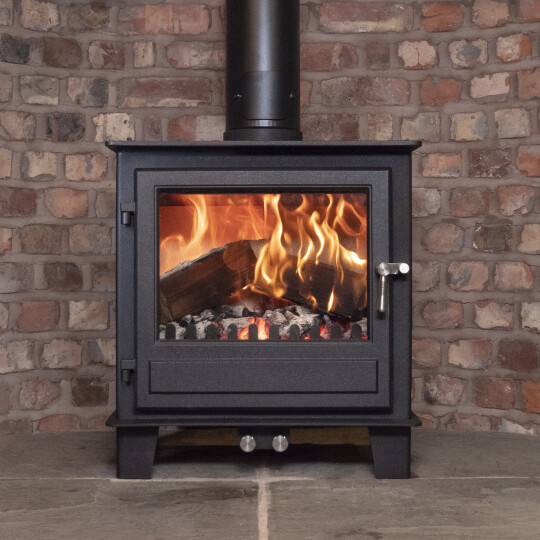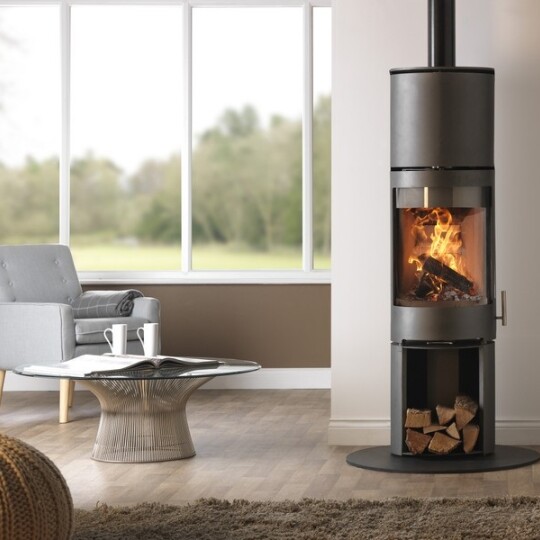Clean Air Data Explained
Each year, the release of government data on air pollution sparks a wave of media coverage. However, what is often missing from these reports is a nuanced explanation of the data’s details. Take, for example, a recent article by Helen Horton for The Guardian. Readers could easily walk away with the impression that all wood burning stoves are harmful to air quality. This perception is driven by the oversimplified term "wood burning stoves," a label that mainstream media frequently uses, which fails to accurately reflect the data’s complexities.
Table 1 Ecodesign Stoves Burning Dry Wood compared to other localised PM2.5 emission Sources 2022 (Shown in ktonnes PM2.5 per source)

The Simplification Problem
The term "wood burning stoves" is problematic because it lumps together various types of stoves and fuels under a single category. This reductionist approach, while effective in reinforcing a negative narrative around domestic wood burning, does not accurately represent the facts. According to the Stove Industry Association (SIA), the latest National Atmospheric Emissions Inventory (NAEI) data shows that in 2022, a record year for stove sales, total PM2.5 emissions from “domestic combustion” fell by 4%, and those from domestic wood combustion specifically fell by 2.7%. Yet, these important details were largely ignored in media reports.
The NAEI Data: A Closer Look
One reason for the media's oversight could be the way the NAEI data is presented. Government summaries often use broad categories like “domestic combustion,” which includes a variety of activities such as gas cooking, outdoor coal and charcoal use, oil and gas heating, and burning of solid fuels. This amalgamation hides the specific contributions of modern, efficient stoves compared to older, less efficient ones.
In reality, the NAEI data divides the category of “wood burning stoves” into numerous subcategories, including:
- Domestic Closed Stove – Basic
- Domestic Closed Stove – Ecodesign
- Domestic Closed Stove – Upgraded
- Domestic Fireplace – Standard
Each of these is further broken down by the type of fuel used, such as anthracite, coal, petroleum coke, solid smokeless fuel (SSF), and various types of wood (dry, seasoned, wet).
The Impact of Modern Stoves
Detailed analysis reveals significant differences in emissions between these categories. For example, open fires were responsible for 13.3% of the UK’s total PM2.5 emissions in 2022, while Ecodesign closed stoves accounted for just 1.8%. When considering wood fuel alone, open fires contributed 9.8% of PM2.5 emissions, compared to a mere 1.4% from Ecodesign stoves. Moreover, burning dry wood in an Ecodesign stove reduces emissions even further, to just 0.3%.
The Bigger Picture
For further context, the NAEI data shows that in 2022:
- Road transport emissions were 66.7 times higher than those from Ecodesign stoves burning dry wood.
- Cigarette smoking caused 4.7 times the PM2.5 emissions of Ecodesign stoves burning dry wood.
- Small-scale waste burning produced 22.7 times the emissions.
- Emissions from bonfire night were 7.4 times higher.
Making Informed Choices
Given these insights, it's clear that modern Ecodesign stoves, when used with dry wood, have a minimal impact on air quality. Therefore, the SIA encourages consumers to look beyond the headlines and make informed choices to reduce emissions and improve air quality. Here are some practical tips:
- Choose an Ecodesign Compliant Stove: opt for a sustainable solid fuel stove, such as those certified by clearSkies. In Smoke Control Areas, ensure your stove is Defra exempt.
- Seek Expert Advice: Visit your local SIA Retail Group member for independent advice on the best stove for your needs.
- Proper Installation: Have your stove fitted by a qualified professional, such as one registered with HETAS or OFTEC.
- 4. Use Quality Fuel: Use wood logs with the Ready to Burn logo, ensuring they are at or below 20% moisture content. Avoid burning chemically treated wood or waste.
- Regular Maintenance: Service your stove and sweep your chimney at least once a year.
By following these guidelines, consumers can significantly reduce their environmental impact while still enjoying the benefits of a wood burning stove.
The information in this article is based on a press release from the Stove Industry Alliance (SIA) found here: https://stoveindustryassociation.org/wp-content/uploads/2024/06/240620NAEIAnalysis.pdf (20/06/2024)



